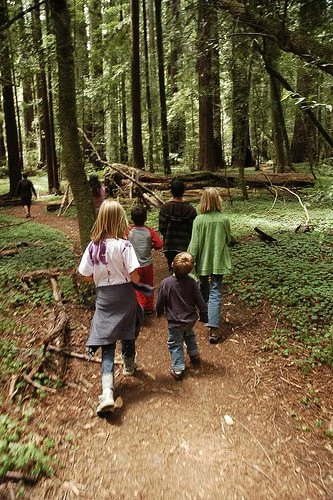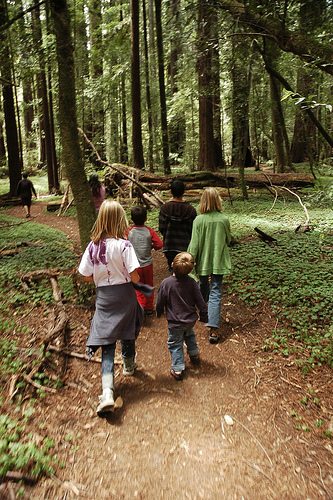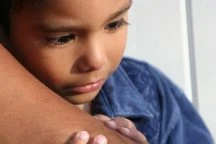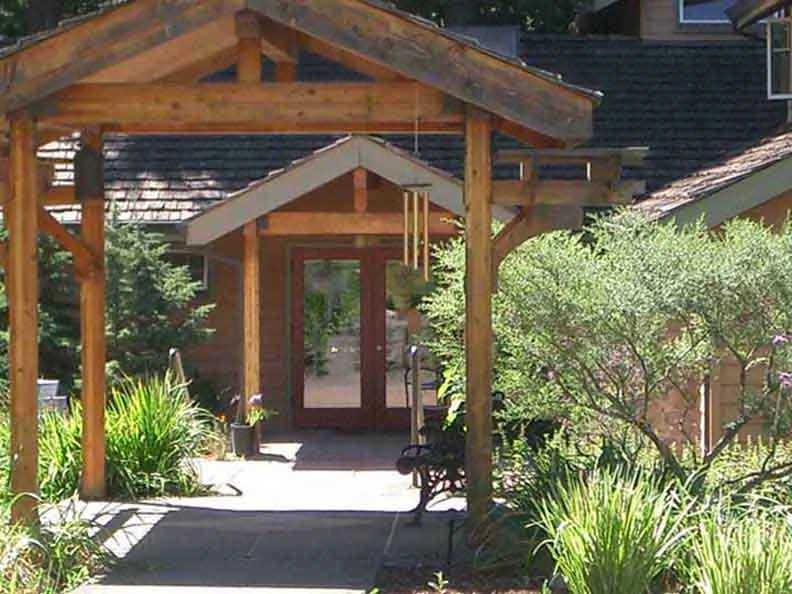Health care and climate change dominate the headlines these days, but how are they related?
Well, for one, through our children. In fact, no two issues will affect them more in their lifetimes – from supporting Medicare costs for us baby boomers to dealing with the effects of major changes in weather patterns. And solutions to those issues are also interrelated, starting with the need to get children outside in nature and moving more.
just sof/Flickr
In addition to creating opportunities for much needed exercise, reconnecting children with nature is a prerequisite to their understanding and dealing with environmental issues. As Robert Pyle writes in The Thundertree, “What is the extinction of the condor to a child who has never known a wren?”
From the air we breathe to the food we eat to the exercise and solace we find in nature, our personal wellness is inextricably linked to the health of our environment. In fact, Richard Louv notes in Last Child in the Woods: Saving Our Children from Nature-Deficit Disorder, children’s alienation from nature is linked to ADHD, stress, depression and anxiety disorders, not to mention childhood obesity.
And yet its not just kids’ physical and mental health that improve when they’re more connected to the natural world. National studies have shown that the experiential and conceptual use of environmental education as an integrating concept also improves learning in math, science, social studies and language arts.
There’s no question to these benefits. The great challenge is how to get our students – and ourselves – reconnected with the natural world; how to stay engaged and hopeful in the face of overwhelming environmental issues; how to work together to creatively respond to our changing world.
That’s why we created our newest course, Creating a Sustainable Future – Integrating Wellness & Environmental Education.
This course demonstrates how Yoga Calm and environmental education activities can be integrated to develop high-interest, interdisciplinary lessons that meet and support K-8 health, science and physical education standards and curricula. Through exploring techniques of physical yoga, observation, self-reflection, social/emotional skills development, storytelling and simple schoolyard explorations, teachers, counselors and environmental educators will learn how to cultivate children’s innate curiosity and appreciation of their bodies, each other, animal life and other aspects of their natural, daily environment. This foundation provides the motivation and a powerful thematic basis for integrating more cognitive environmental education and natural science curricula.
With this creative, highly experiential and integrated approach to environmental education, meaningful connections between personal and planetary health can be drawn, fostering a lifelong interest in science and increased environmental citizenry and stewardship.
Our inaugural workshop is scheduled for April 10-11, 2010. Register now.






